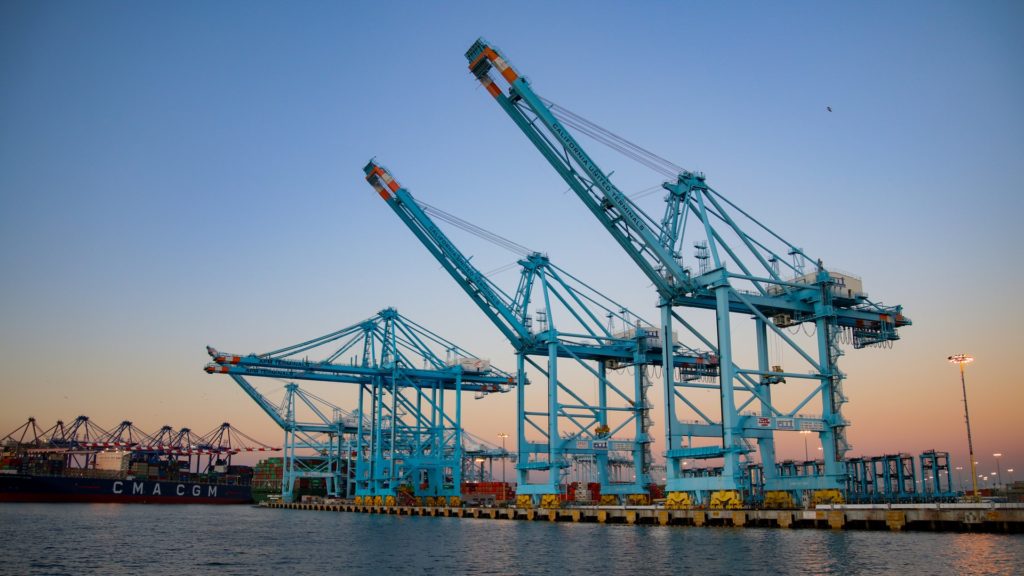US Ports, Airports Struggle with Congestion

US ports are experiencing congestion and delays in the wake of historic import volume.
Asian imports have flooded back into US ports following a springtime stall due to the impacts of COVID-19. As a result, ports across the west, gulf, and east coasts are seeing record volume – and historic congestion. Delays and congestion have hit the air freight industry as well. A severe capacity crunch and other circumstances are causing backups at airports.
Port of Los Angeles at Max Capacity
The Los Angeles-Long Beach port complex has become the epicenter of import congestion. A summer influx of Asian imports has caused substantial backups and delays. According to Transport Topics, October became the busiest month in the history of the Port of Los Angeles with 980,729 TEUs processed.
The challenge is daunting for truckers and forwarders. Demurrage and detention charges are climbing as terminals contend with strangleholds of congestion. Reports have emerged of containers failing to reach customs inspections due to congestion.
Much of the problem comes from chassis availability. Importers are holding onto chassis longer, which means a lack of chassis for releasing containers from port. If a chassis is not available for a container soon after arrival, a more recent arrival may take its place on the next available truck. Some containers have sat for days or weeks before securing chassis transportation. All the while truckers and shippers are asking carriers at the Port of Los Angeles to suspend demurrage and detention charges.
Delays are growing further up the coast, too. The ports of Oakland, Tacoma, and Seattle have reported steep Asian import increases and growing congestion.
East Coast and Gulf Coast See Asia Imports Rise
With West Coast port congestion backing up deliveries, Asian imports have blazed new paths through Gulf Coast and Eastern Seaboard ports. Volume is up across several ports throughout the regions, from Houston to Norfolk. According to The Journal of Commerce, the Gulf Coast saw a 48.4 percent increase in Asia imports in October, while the East Coast experienced a 14.6 percent increase.
Airports and Airlines See Capacity Shortage
Air freight has experienced challenges as well.
Delays at sea have pushed some cargo into the air. As a result, space aboard air freighters is at a premium. The capacity squeeze has caused backups and delays for freight at airports throughout the country. Cargo lost in the shuffle has taken weeks to depart. Some airlines have turned to expanded cabin cargo capacity in passenger craft to help alleviate the space shortage.
Scarbrough Monitoring Port Congestion
The logistics experts at Scarbrough International are keeping up with the latest news about import delays and congestion throughout the US. Our team is working hard to keep clients and partners informed. Connect with your Scarbrough representative to discuss updates and solutions for navigating congestion both at sea and in the air.

